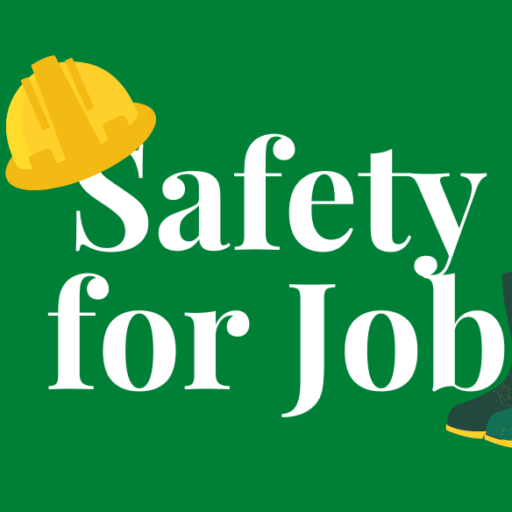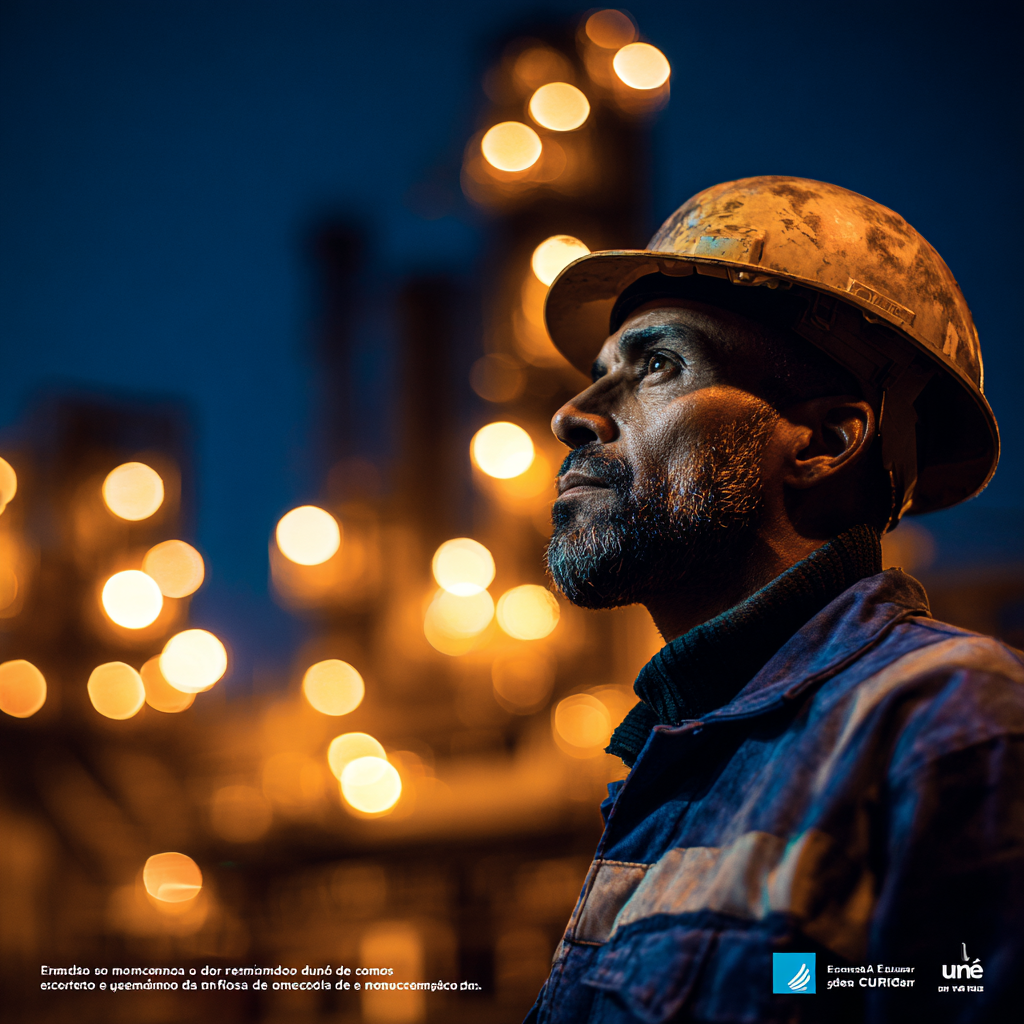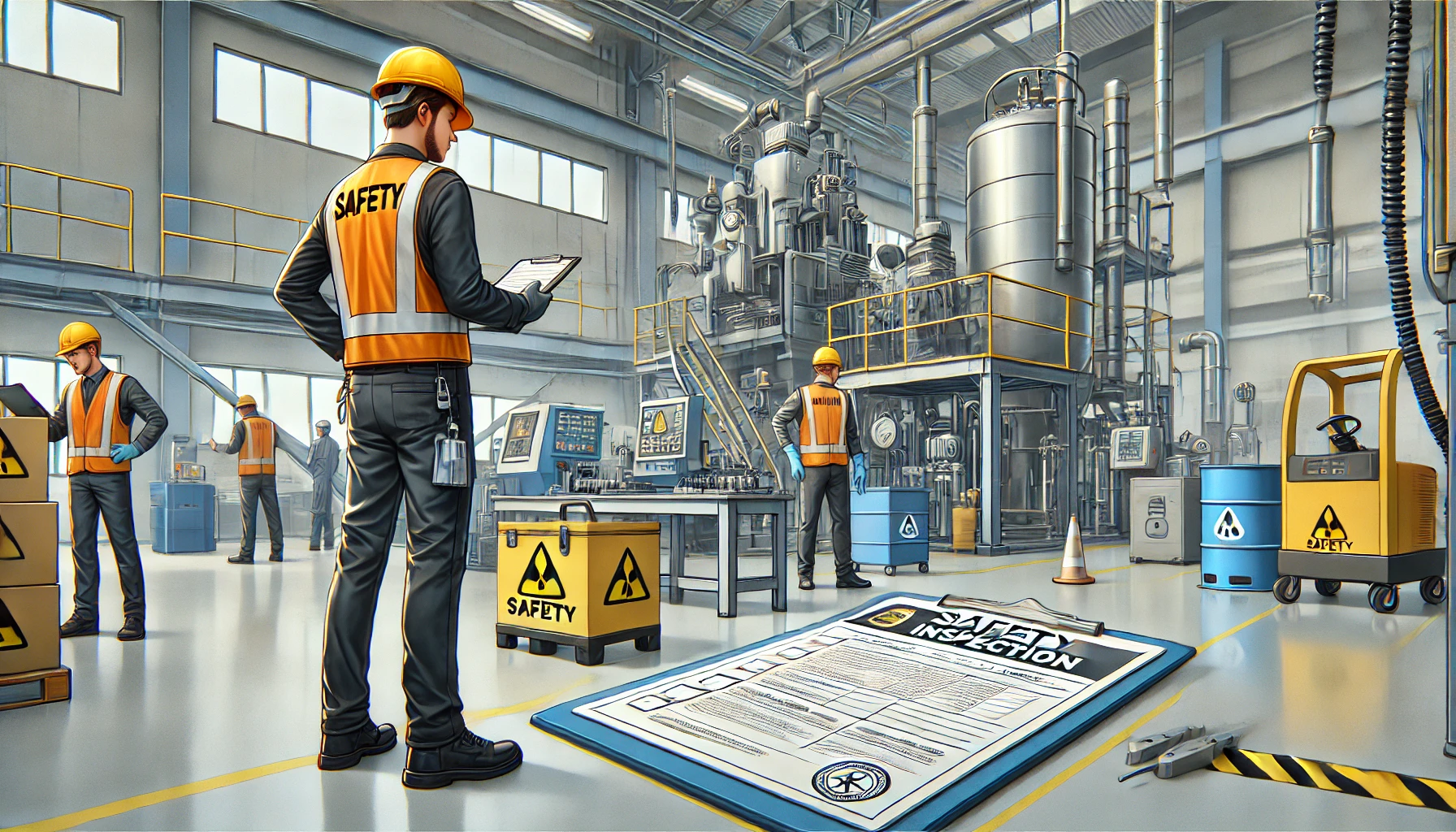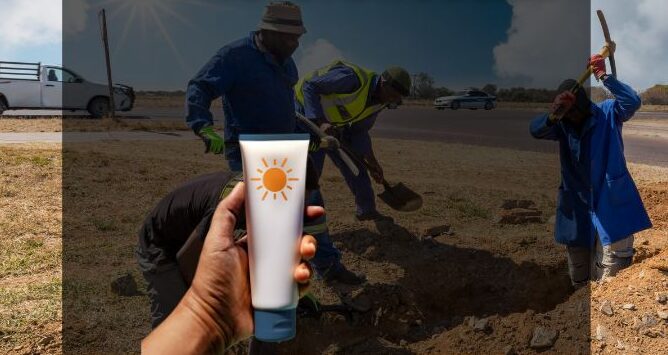All blog posts
Explore the world of design and learn how to create visually stunning artwork.
Toolbox Talk – Heat Illnesses – Recognition and Prevention
julho 15, 2025 | by Safety For Job Team
Toolbox Talk – Water Pollution – Our Environmental Responsibility
julho 15, 2025 | by Safety For Job Team
Promoting Workplace Well-being: Effective Strategies and Business Benefits
maio 1, 2025 | by Safety For Job Team
How to Perform a Safety Inspection at Work to Avoid Accidents
abril 16, 2025 | by Safety For Job Team
Taking care of the environment is everyone’s responsibility
janeiro 23, 2024 | by Safety For Job Team
The Importance of Waste Recycling: Promoting a Sustainable Future
janeiro 18, 2024 | by Safety For Job Team
Sustainability: Exploring the Path to a Greener and Balanced Future
janeiro 16, 2024 | by Safety For Job Team
Environmental Awareness: Preserving the Future of Our Planet
novembro 11, 2023 | by Safety For Job Team
Selective Waste Collection: 11 Important Points for Environmental Preservation
novembro 4, 2023 | by Safety For Job Team
HEADER
DDS Title: Heat Illnesses – Recognition and Prevention
Duration: 15 minutes
Date: July 15, 2025
Facilitator: __
Participants: __
OBJECTIVE
Educate workers about different types of heat illnesses, recognize early warning signs, and establish prevention protocols to maintain a safe working environment during hot weather conditions.
INTRODUCTORY STORY (4 MINUTES)
It was a scorching Tuesday in Phoenix, Arizona, when construction foreman Carlos Martinez received a call that would change how his crew approached heat safety forever. The temperature had hit 115°F, and his team was working on a roofing project – standard summer conditions in the desert.
Around 2 PM, Carlos noticed that Tommy, one of his most experienced roofers, was acting differently. Tommy had been complaining about muscle cramps in his legs during the morning break, but he brushed it off saying, “I’ve worked in heat my whole life – this is nothing.”
By lunch, Tommy was drenched in sweat but seemed energetic. However, after the break, Carlos observed Tommy moving slower, appearing dizzy, and looking pale despite the blazing sun. When Carlos approached him, Tommy said he felt nauseous and exhausted.
“I should have acted sooner,” Carlos reflects. “But Tommy was a veteran – 20 years on construction sites. I thought he knew his limits.”
Within minutes, Tommy collapsed. The ambulance arrived to find his core temperature at 106°F. He had progressed from heat cramps to heat exhaustion to heat stroke in just a few hours. Tommy survived, but he spent three days in intensive care and suffered kidney damage that affects him to this day.
“That incident taught me that heat doesn’t discriminate,” Carlos says. “Experience, age, fitness level – none of that matters when your body can’t cool itself. Now, we take heat seriously. We have protocols, we watch each other, and we never ignore the early signs.”
Tommy returned to work three months later, but he became the crew’s biggest advocate for heat safety. “I almost died that day,” he tells new workers. “Don’t let pride put you in a hospital bed.”
DEVELOPMENT (6 MINUTES)
3.1 Topic Introduction (2 minutes)
Heat illnesses are a serious occupational hazard that affect thousands of workers annually. According to OSHA, heat-related illnesses cause approximately 70 deaths and 2,000 injuries among workers each year in the United States.
Why is this critical for us?
- Heat illnesses can escalate rapidly from mild to life-threatening
- Early recognition saves lives and prevents permanent damage
- We work in environments where heat exposure is common
- Prevention is 100% achievable with proper knowledge and protocols
3.2 Key Points (4 minutes)
1. The Heat Illness Spectrum (From Least to Most Serious):
Heat Rash
- Red, itchy bumps where sweat accumulates
- Sign that body is struggling to cool down
- Generally not severe but requires attention
Heat Cramps
- Painful muscle spasms from electrolyte loss
- Loss of sodium, potassium, and magnesium through sweating
- Can cause significant discomfort and impair work performance
Heat Syncope (sin-kuh-pee)
- Dizziness and lightheadedness from dehydration
- Reduced blood flow to brain
- Can cause temporary loss of consciousness
Heat Exhaustion
- Heavy sweating, dizziness, fatigue, nausea
- Elevated core body temperature
- Can escalate quickly to heat stroke without intervention
Heat Stroke – MEDICAL EMERGENCY
- Core temperature exceeds 104°F (normal: 98.7°F)
- KEY SIGN: Absence of sweating
- Confusion, unconsciousness, seizures
- Can cause permanent organ damage or death
2. Long-term Consequences:
- Cardiovascular strain: Heart works harder, increasing risk of heart attacks and arrhythmias
- Organ damage: Liver, kidneys, heart, and lungs can suffer permanent damage
- Brain damage: Swelling and decreased blood flow can cause lasting neurological effects
3. Critical Prevention Strategies:
- Recognize early warning signs immediately
- Implement buddy system for monitoring
- Ensure adequate hydration before, during, and after work
- Take frequent breaks in shaded or air-conditioned areas
- Wear appropriate clothing and PPE
4. Emergency Response:
- Call 911 immediately for suspected heat stroke
- Move person to cool area
- Remove excess clothing
- Apply cool water to skin
- Monitor vital signs until help arrives
3.3 Interactive Discussion (1 minute)
Question 1: “Have you or someone you know experienced heat cramps or heat exhaustion? What were the warning signs?”
Question 2: “What factors in our workplace might increase heat illness risk?”
Question 3: “How can we better look out for each other during hot weather?”
CONCLUSION AND COMMITMENT (1 minute)
Heat illnesses are 100% preventable with proper awareness and action. The progression from heat rash to heat stroke can happen quickly, but early recognition and intervention can save lives. Remember: it’s not about being tough – it’s about being smart and safe.
Today’s commitment:
- We will watch for early signs of heat illness in ourselves and coworkers
- We will immediately report any heat-related symptoms
- We will follow hydration and cooling protocols strictly
- We will never ignore warning signs, no matter how experienced we are
VERIFICATION
- What is the key difference between heat exhaustion and heat stroke?
What should you do if you suspect someone has heat stroke?
- Why is early recognition of heat illness symptoms so important?
SUPPORTING MATERIALS
- Visual aids: Heat illness progression chart
- Practical demonstration: Proper hydration techniques
- Emergency cards: Heat stroke response procedures
- Resources: Location of cooling stations and first aid supplies
CLOSING MOTIVATIONAL PHRASE:
“Heat doesn’t take days off, and neither should our vigilance. Stay cool, stay safe, go home healthy!”
Facilitator’s Signature: __
Date: 07/15/2025










